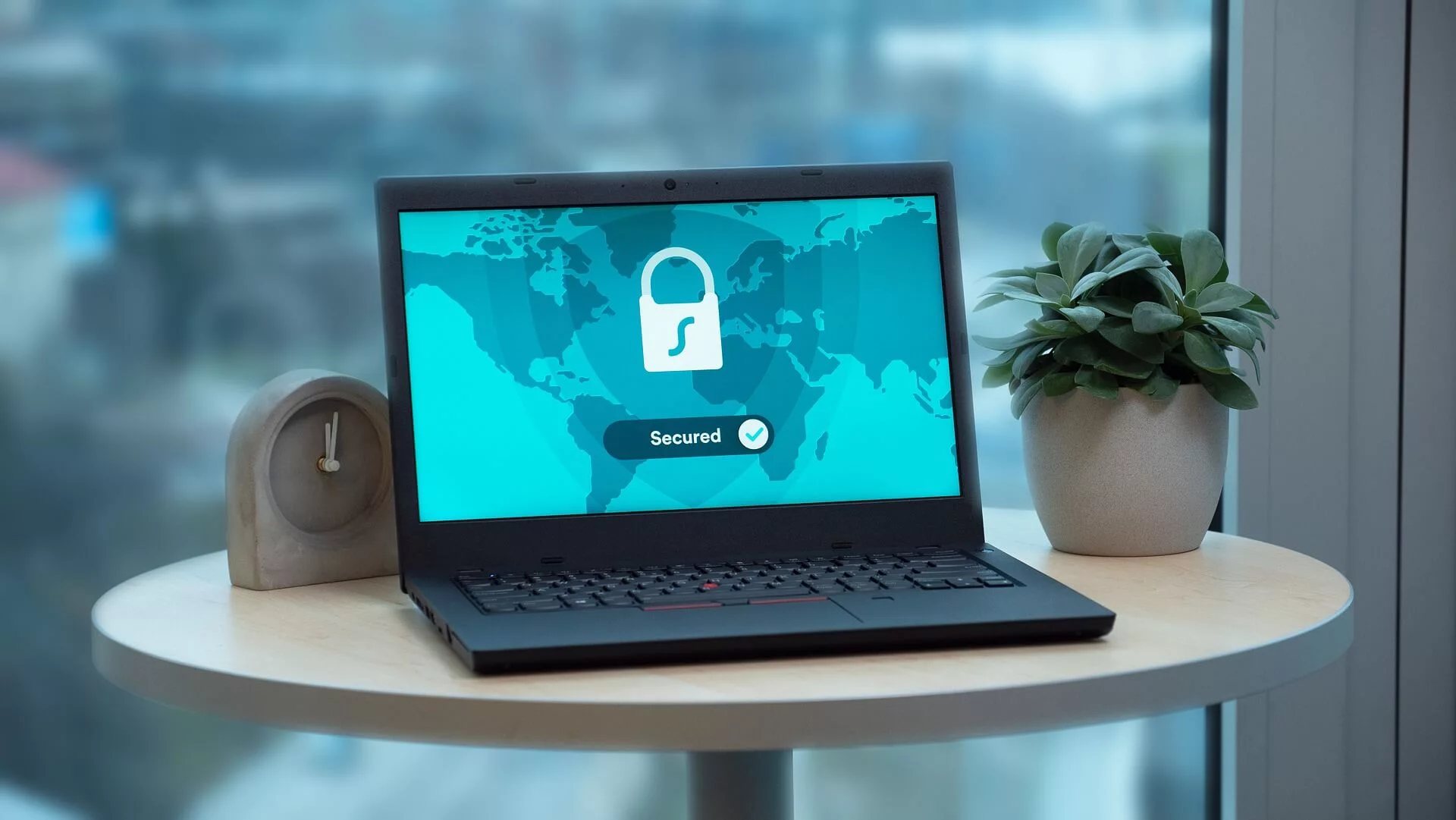
The past two years have transformed the way we work, live, and communicate with each other. Digital communications have been an integral part of this transformation.
Top Tips for Secure Video Conferencing
Summarize with
Table of contents
Although video conferencing technology is not new, there has been a massive increase in use since 2020. Here are some statistics that confirm this:
- A single video conferencing app experienced a 535% increase in use during 2025 alone.
- A US survey found that a quarter of young professionals interviewed use video conferencing for work daily.
- The global value of the video conferencing market is expected to reach nearly $13bn by 2028.
What are the dangers of video conferencing software?
The figures above show that video conferencing isn’t just a passing trend. Instead, this technology will increasingly be part of personal and business interaction. But this also raises some alerts.
For example, the FBI warned educational institutions about online classroom hijacking. And we can’t forget the massive data breach that affected 500,000 Zoom users back in 2025.
By the way, MyOwnConference offers unique alternative broadcasting technology. Downloading and installing our specially created plug-in with its protocol allows you to make video conferences and webinars more secure and protected from third-party listening. And in combination with closed webinars with individual links, you can also secure access in general.
So if video conferencing is here to stay, how can you use it safely? Let’s look at five ways of improving video conferencing security in the workplace.
Five best practices for better video conferencing security
1. Set some ground rules
Achieving better online security is mainly a preventative approach. If your company has started to use video conferencing for meetings and/or webinars, make sure you set some ground rules.
Here are some useful tips on what the guidelines should cover:
- Video recording guidelines: all participants must agree to the call being recorded, but no recording from individual cell phones.
- Sensitive data guidelines: decide what’s considered sensitive or private data and make sure it’s only visible in private video conferences. Also, remind all participants to remove any sensitive data from their environment or background.
- Use a different meeting ID for each call, and don’t post the ID on social media, your website, or online forums open to the public.
- In addition to the meeting ID, set up a unique password for each meeting and only share it with authorized participants.
- Appoint someone to monitor the online waiting room so only invited/authorized participants join the meeting. Access to the meeting should be closed once everyone invited is present.
- Create a file transfer policy that outlines which can share files during a video conference.
It would help if you circulated these guidelines among staff. Make sure every staff member knows their role in keeping the company’s data and communications safe.
2. Use single sign-on
Single sign-on (often abbreviated to SSO) is an authentication method you can use to make things easier for your IT security team. This method allows users to log in to different applications with the same username and password.
For example, if you use MyOwnConference for your video calls, you can set up SSO so that staff use their corporate username and password info to access the meeting. Then, if there’s a breach, your IT team can easily see who signed in and their location. With this data, it’s easier to track the source of security breaches.
3. Browser-based tools instead of downloads
Many video conferencing tools are available in two versions: browser-based and downloadable. The problem with downloadable video conferencing tools is that you can’t always guarantee the download source is reliable.
There’s an additional security risk involved in downloadable versions. For example, imagine a staff member downloading a video conferencing program to their laptop. Later on, the software is upgraded, but the staff member isn’t aware of it and keeps using an outdated version. This opens a back door to all kinds of malicious actions.
That’s why it’s better to stick to browser-based video conferencing whenever possible. Likewise, discourage video conferencing software downloads unless you’re 100% confident that the downloads will be updated as soon as new versions are released.
4. Choose advanced encryption protocols
Encrypted communications are becoming the gold standard in the digital world. The main benefit is that encryption offers a robust protection layer and keeps sensitive data away from prying eyes. Implementing DMARC and DKIM further enhances security by preventing email spoofing and ensuring the authenticity of communication channels, reducing the risk of phishing attempts.
Participants may share or discuss confidential business data during a video conference or webinar. You don’t want this data to fall into the hands of competitors or cybercriminals. Therefore, you should choose a video conferencing solution that features Advanced Encryption Standard protocols.
There are two types of protocols available: 128-bit and 256-bit. Your IT team can recommend the most suitable option for your needs, but 128-bit Advanced Encryption is enough for most businesses.
5. Implement domain-based security
Our last suggestion is to discuss domain-based security with your IT team. We’ve already said that keeping your meeting ID private can prevent unauthorized people from entering the virtual room. But there’s yet another way of doing this: implementing domain-based security.
A system administrator can set up filters or specific criteria that users must meet before joining a video conference call. If the requirements are not met, access will be restricted to secure your meeting.
Conclusion
Video conferencing security is a must for every business. You can step up the security of your webinars or online meetings by:
- Creating guidelines and ensuring your staff are familiar with them.
- Using single sign-on authentication.
- Avoid software downloads where possible, and use browser-based versions instead.
- Choosing 128-bit Advanced Encryption protocols.
- Get your IT team to set up domain-based security filters.
Although this may seem like a lot of work, at first sight, investing in security always pays off.
Remember that you do not have to make every change at once to improve the safety of your online meetings. You can begin by asking your IT team to check for current weaknesses and then move forward step by step with video conferencing security.
By the way, MyOwnConference is an excellent webinar platform for your first videoconference.
FAQ
You should agree on rules for recording so everyone consents before you start and forbid use of separate devices to record secretly. You should define what counts as sensitive data and ensure it is shared only in private meetings. You should always use a unique meeting ID and password and share them only with trusted participants. Someone should monitor the waiting room and close entry after all invited are in. You should also decide who may share files during the call to reduce risk.
Using single sign-on helps by making users log in via the corporate credentials they already use. In case of a breach your IT team can see who logged in and from where. That transparency helps you trace security incidents and ensures only authorized persons join the call.
Browser-based tools reduce the risk of installing software from unreliable sources. When people use downloaded apps those apps can become outdated or vulnerable to attacks. Using tools inside a browser means updates are applied centrally and security can be better controlled.
You should pick a conferencing solution that supports modern encryption such as AES with sufficient bit length. For most businesses 128-bit encryption is adequate. The encryption ensures that even if someone intercepts the communication the content remains unreadable without proper keys.
Domain-based security means your system is set up so that only users from approved domains can enter your meeting. If someone is from a domain not on your allowed list they are blocked. This adds another layer of protection beyond passwords or meeting IDs.

Paul Towler is the Technical Operations Director at SmartOffice, an office automation provider who has helped many businesses install e-commerce website solutions. As a result, these businesses have saved time and money and increased productivity.











